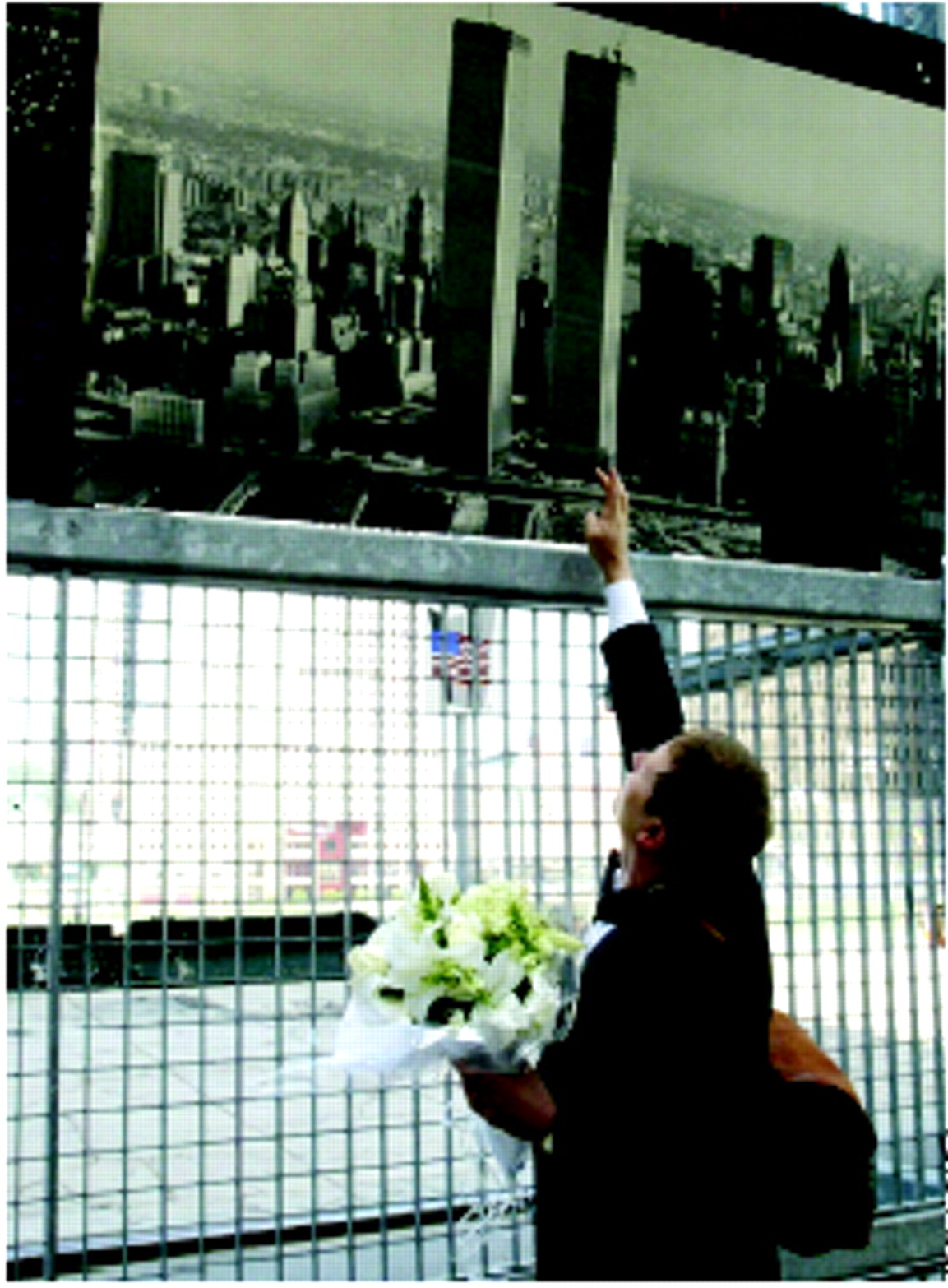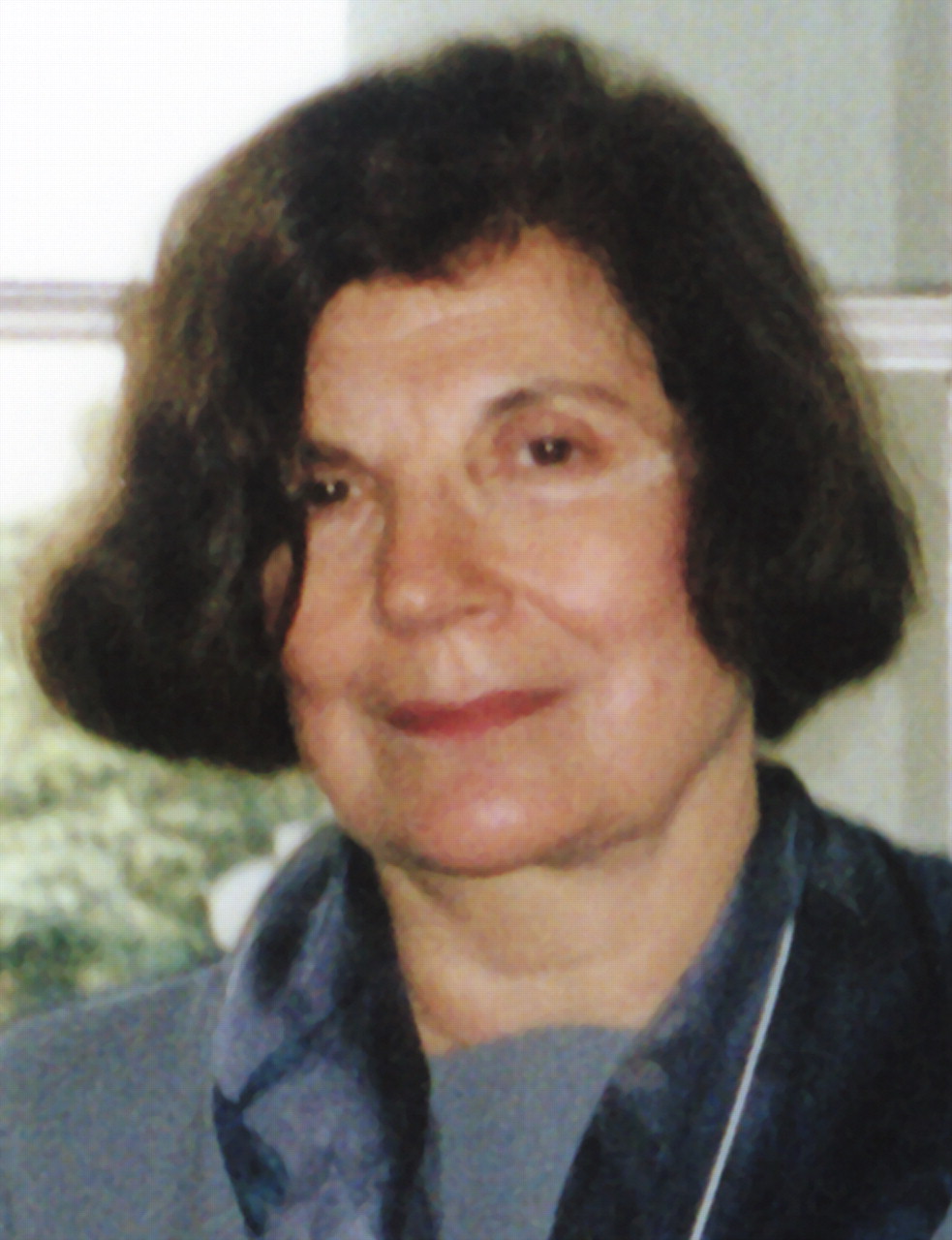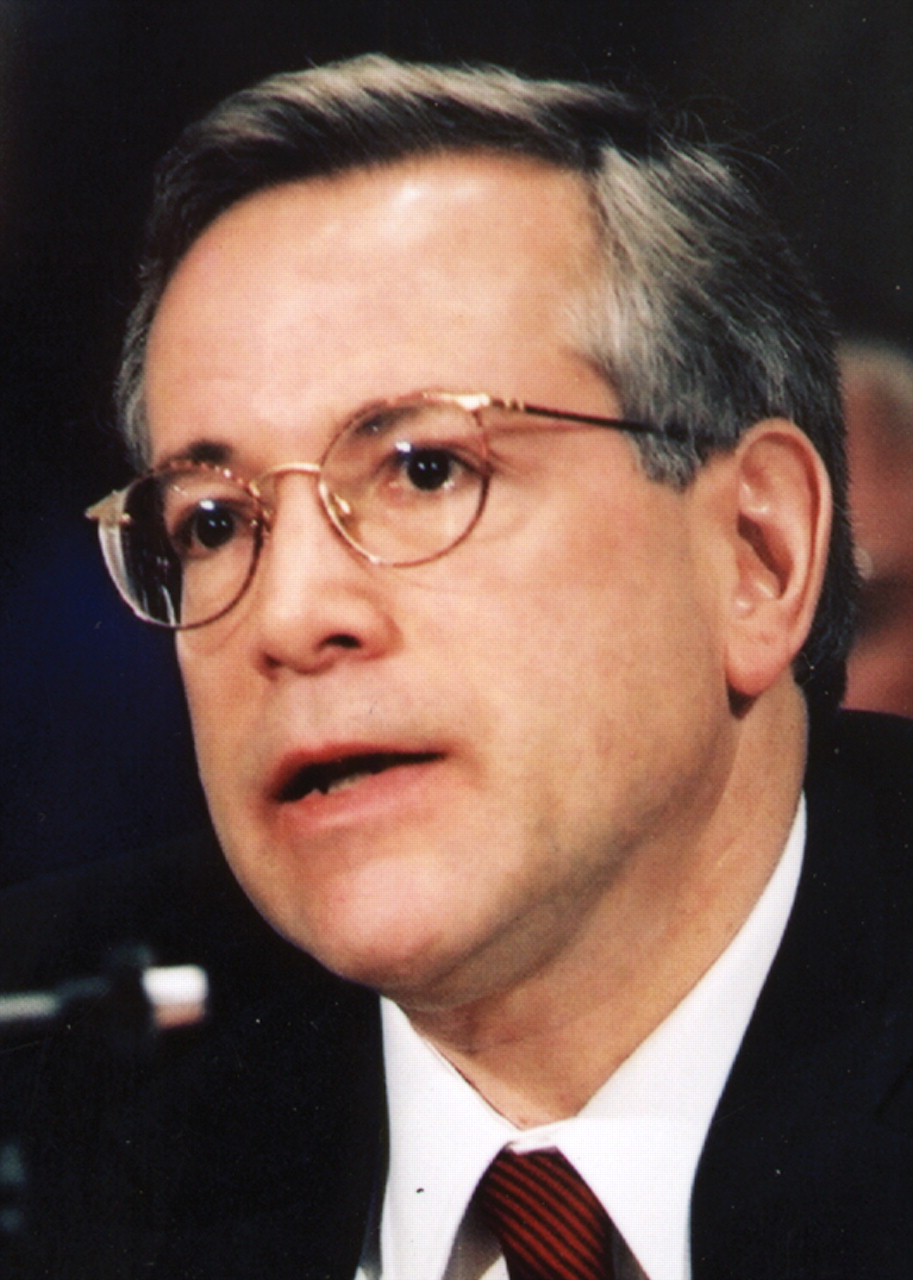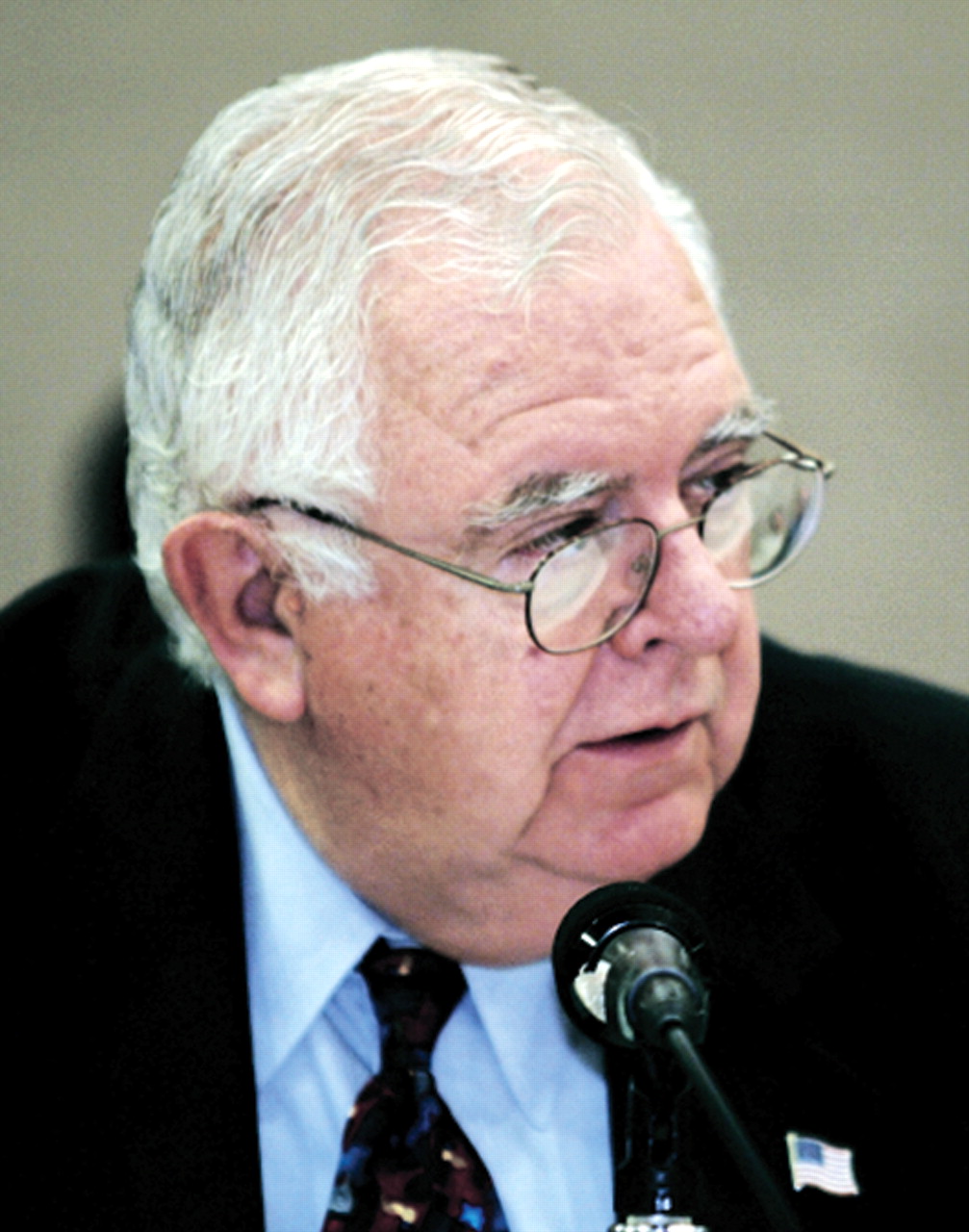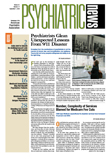Five years ago on the morning of Tuesday, September 11, child psychiatrist Clarice Kestenbaum, M.D., was at her home on the upper west side of Manhattan when she heard the news of the attacks on the World Trade Center.
Later that day, and for many hours, kestenbaum was at the studio of a local network affiliate counseling millions of New Yorkers—and the newscasters and staff at the broadcast station—on how to deal with the shock of an event no one could have imagined or prepared for.
“I was on the air for hours, and what was memorable was that everyone in the studio itself was very worried,” she recalled. “The newscasters and staff at the station themselves wanted to know how to talk to their children about what had happened. I sat at the table and talked to them and to the people who called in, and it was like doing a live on-air consultation.”
Kestenbaum is a professor of clinical psychiatry and has been the director of training in the division of child and Adolescent psychiatry at Columbia University College of Physicians and Surgeons for 20 years.
Like psychiatrists throughout the city and in many other parts of the country, Kestenbaum treated and counseled people for the aftereffects of the most deadly terrorist attacks on American soil: the New York Council of the American Academy of Child and Adolescent Psychiatry (of which Kestenbaum had been president) agreed to offer free or low-cost therapy to children and parents affected by the attacks in the days after 9/11.
But what emerges from her recollections, and from those of other clinicians who spoke to Psychiatric News, is not the memory of shock, fear, and immobilization, but resilience. “Trauma”—heralded and in some ways perpetuated by the media in its continual replay of the colliding planes—evidently did not trump people's willingness and ability to do the next right thing: volunteers showed up everywhere, work teams formed, and every hospital in New York mobilized to meet the calamity head on.
“People are very resilient, and children are much more resilient than is typically thought,” she said. “When you are in the middle of something like that, you just do what you have to do. People use their own resources and carry on.”
The shock waves and aftereffects of 9/11 are still being felt by psychiatrists in the city.
“September 11 wasn't an event; it was a process that is still going on,” said Spencer Eth, M.D., medical director of behavioral health services at St. Vincent Catholic Medical Center, located just blocks from ground zero.
As the closest hospital to the World Trade Center, St. Vincent's became a hub of activity following the attack. In the weeks and months afterward, the hospital developed a number of programs, some of which are still in place, to meet the needs of community members and rescue and recovery workers.
In october 2005 the Child and Adolescent Services Program of the World Trade Center Healing Services at St. Vincent's received an APA Silver Achievement Award. The program has expanded throughout lower Manhattan to encompass 16 elementary, middle, and high schools, where therapists have provided evaluations and treatment to students with anxiety, depression, and stress-related conditions (Psychiatric Services, October 2005).
Today, the WTC Healing Services maintains an office overlooking ground zero and has served nearly 50,000 people.
“St. Vincent's has a long history of helping in disasters,” said Joseph T. English, M.D., chair of the Department of Psychiatry at the hospital and past president of APA, but it had never faced a disaster of this magnitude before. Because of the close proximity of the hospital to ground zero, however, staff knew the hospital's emergency room was a logical destination for the injured, and they quickly geared up to handle what they expected to be an inundation of survivors. But that didn't happen. Few people showed up there—an artifact of the devastating nature of the attack: many-people were killed, while others escaped unharmed or with minor injuries.
What St. Vincent's did become a magnet for was the countless people seeking loved ones. “By 2 o'clock that afternoon, people had started putting flyers up everywhere with a face and a name,” recalls Camille Archer, M.D., a psychiatry resident at the time. “People were everywhere crying in the streets; the whole place seemed very different.”
English recalled that former Nebraska Sen. Bob Kerry, now president of New York's New School, called to ask how he could help, and the hospital set up a family relief center in the school's atrium across the street from St. Vincent's.
For two weeks after 9/11, the center served those families. “It is not an exaggeration to say it was the finest hour for our attending staff and house staff, who in addition to their regular duties worked around the clock,” English said. “It was the finest demonstration I have ever seen of selfless, professional commitment.”
Normative Response Is Symptom Formation
Prior to coming to St. Vincent's, Eth had worked in Los Angeles in a VA hospital treating Vietnam veterans and been involved in treating people following the riots in Los Angeles. “I went into this experience primed to help organize the St. Vincent's response to 9/11,” he said.
“One of the lessons I have learned is that the vast majority of people who were in lower Manhattan on that day and had direct exposure to this catastrophe became symptomatic,” Eth told Psychiatric News.“ There have been a number of telephone surveys confirming the fact that the normative response was symptom formation. However, most of the people who became symptomatic had their symptoms subside. They recovered. The natural process appears to be symptom formation followed by healing.
“There were a minority of people who went on to have persistent symptoms, and a small minority has gone on to be chronically and severely ill,” Eth said. “For these people, PTSD can be as disabling as schizophrenia and bipolar illness. Something we knew from working with Vietnam vets and relearned after 9/11 was that our best treatments are not effective for everyone. I continue to see people who are severely affected.”
Eth cited the case of a firefighter who was rescuing people from the towers and got out just before they collapsed. “He never leaves his apartment now,” he said. “Even treatment is not effective.”
Speaking to Psychiatric News just a week prior to the news that British authorities had arrested individuals believed to be plotting an attack that might have rivaled or surpassed 9/11 in bloodshed, Eth said New Yorkers—and Americans everywhere—will have to live with a constant threat of terror.
“We are entering an era in which more and more people will have to be aware of threats and danger,” he said. “This is going to become a factor in our lives. Growing up during the cold war, [I was always aware of the] threat of world war and the use of atomic weapons. But it didn't seem as real as suicide bombers. In New York City there are people who are quite anxious and vigilant going over a bridge or through the Lincoln Tunnel, knowing that at any moment something dreadful could happen.
“The statement is often made that 9/11 changed everything,” he continued. “One of the things it changed is that the general feeling of safety and security we had all taken for granted in America has been lost. For large numbers of people in New York, it's not an issue for which they seek treatment, but it has become a baseline source of anxiety.” ▪
